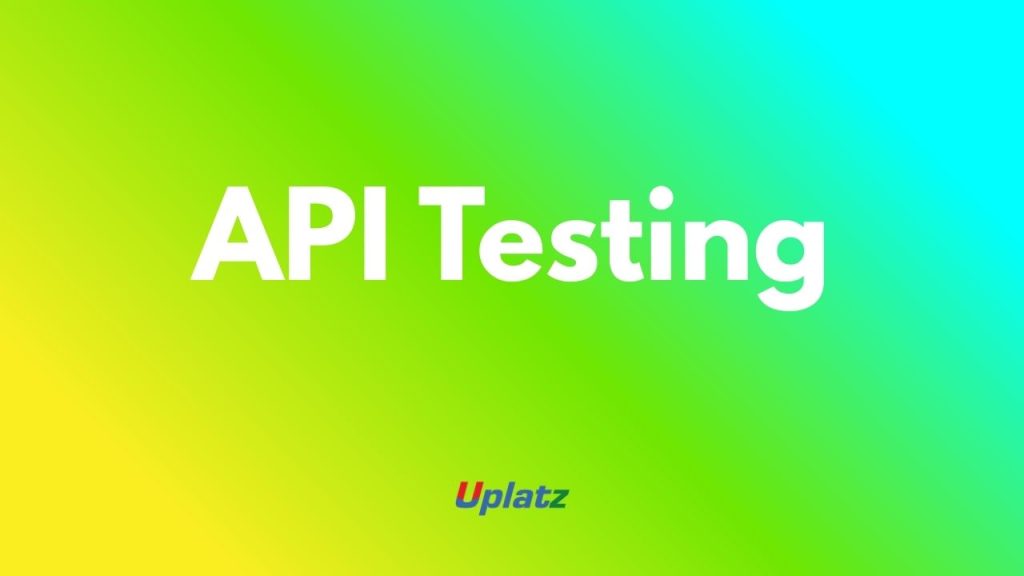Summary
This comprehensive guide explores API Testing, a crucial aspect of modern software development and quality assurance. From fundamentals to advanced practices, the blog covers key concepts, popular tools like Postman and SoapUI, and sample interview questions to help you become proficient in validating APIs. Whether you’re preparing for a testing role or looking to enhance your technical skills, this guide offers actionable insights.

career-path—backend-developer By Uplatz
Introduction
In today’s interconnected digital world, APIs (Application Programming Interfaces) are the glue holding systems together. Whether it’s a mobile app fetching weather data or a banking platform processing payments, APIs play a vital role. Testing these APIs ensures that systems communicate reliably, securely, and efficiently.
API Testing focuses on sending requests to endpoints and validating responses based on functional, performance, and security expectations. It is faster and more reliable than traditional UI testing and allows for better coverage and automation.
Key Concepts of API Testing
- Request & Response: Every API test begins with sending a request and verifying the response.
- HTTP Methods: Common methods include GET (retrieve), POST (create), PUT (update), and DELETE (remove).
- Status Codes: Ensure APIs return correct HTTP codes like 200 (OK), 400 (Bad Request), 401 (Unauthorized), 404 (Not Found), 500 (Server Error).
- Payloads: JSON or XML data passed in requests or responses.
- Assertions: Conditions such as response time, structure, values, and headers.
Common API Testing Tools
| Tool | Use Case | Key Features |
| Postman | Manual + Automated Testing | Easy UI, Pre-request scripts |
| SoapUI | SOAP and REST API testing | Advanced assertion logic |
| JMeter | API performance testing | Load testing capabilities |
| REST Assured | Java-based automation framework | Good integration with CI/CD |
Benefits of API Testing
- Faster test execution
- Independent of user interface
- Early bug detection
- Easy integration with CI/CD pipelines
- Better test coverage
Best Practices for API Testing
- Start with positive and negative test cases.
- Validate response schema and structure.
- Verify data accuracy and business rules.
- Ensure correct authorization and access control.
- Include performance and load testing for critical endpoints.
- Use test automation wherever feasible.
Sample API Testing Interview Questions
- What is the difference between PUT and PATCH?
- How do you validate response time and headers?
- What are common status codes you check in API testing?
- How do you test APIs with authentication (OAuth, API keys)?
- Can you explain your approach to testing a RESTful API?
Why Learn API Testing?
API Testing skills are highly in demand across software, fintech, e-commerce, and telecom industries. It opens doors to roles such as:
- QA Engineer (Manual & Automation)
- API Tester
- Test Automation Engineer
- Software Developer in Test (SDET)
Get Certified in API Testing
Ready to advance your skills? The API Testing course by Uplatz covers everything from basics to automation, using tools like Postman, SoapUI, and REST Assured.
Course highlights:
- Hands-on sessions with real APIs
- Practice projects and case studies
- Certification on completion
- Interview prep support
🎯 Enroll now in the API Testing course by Uplatz and validate your APIs like a pro: https://uplatz.com/course-details/api-testing/662
